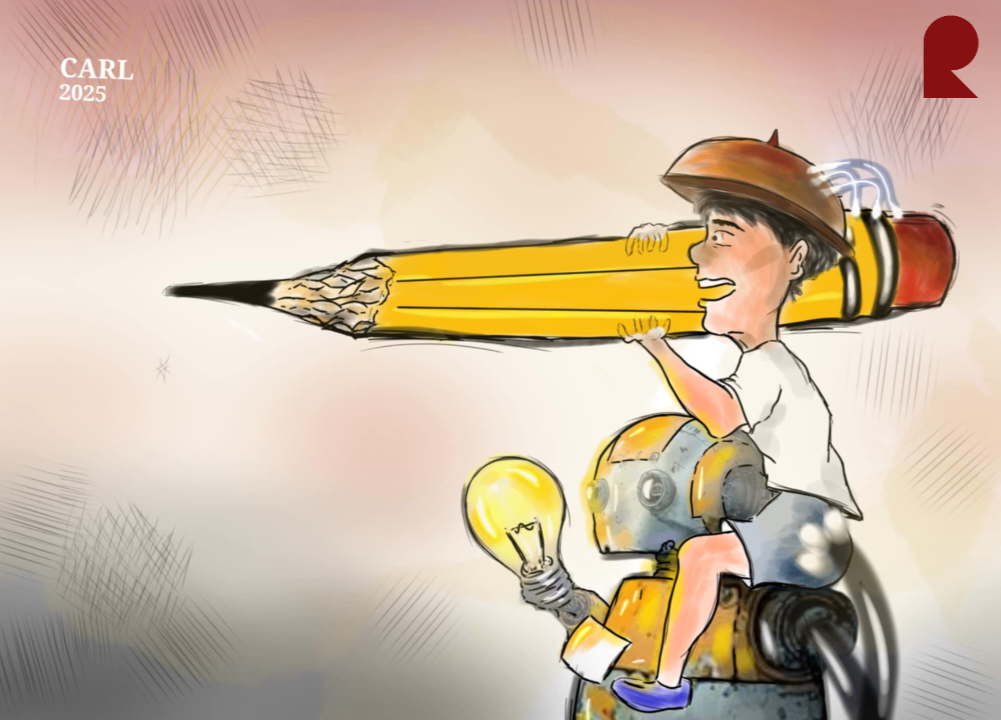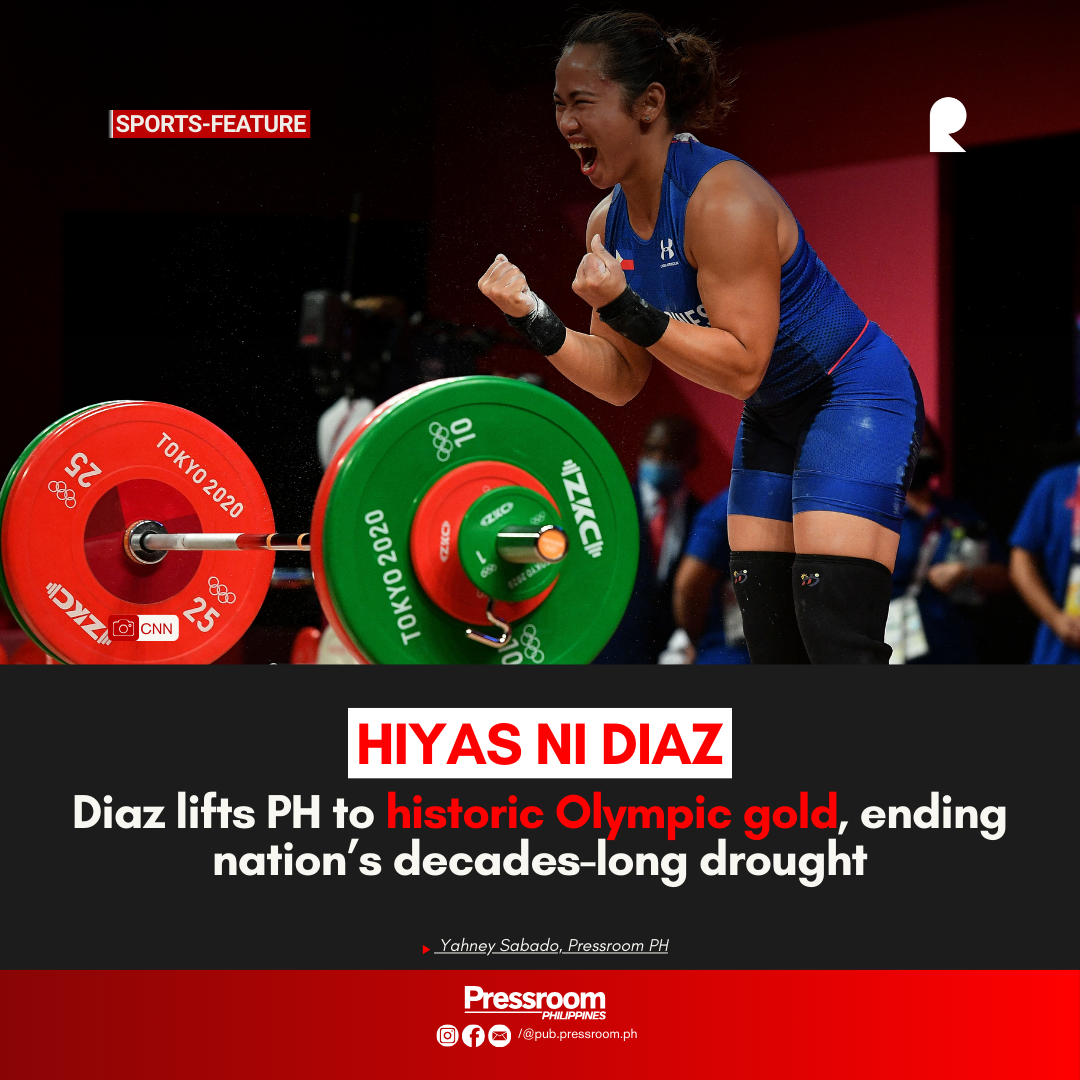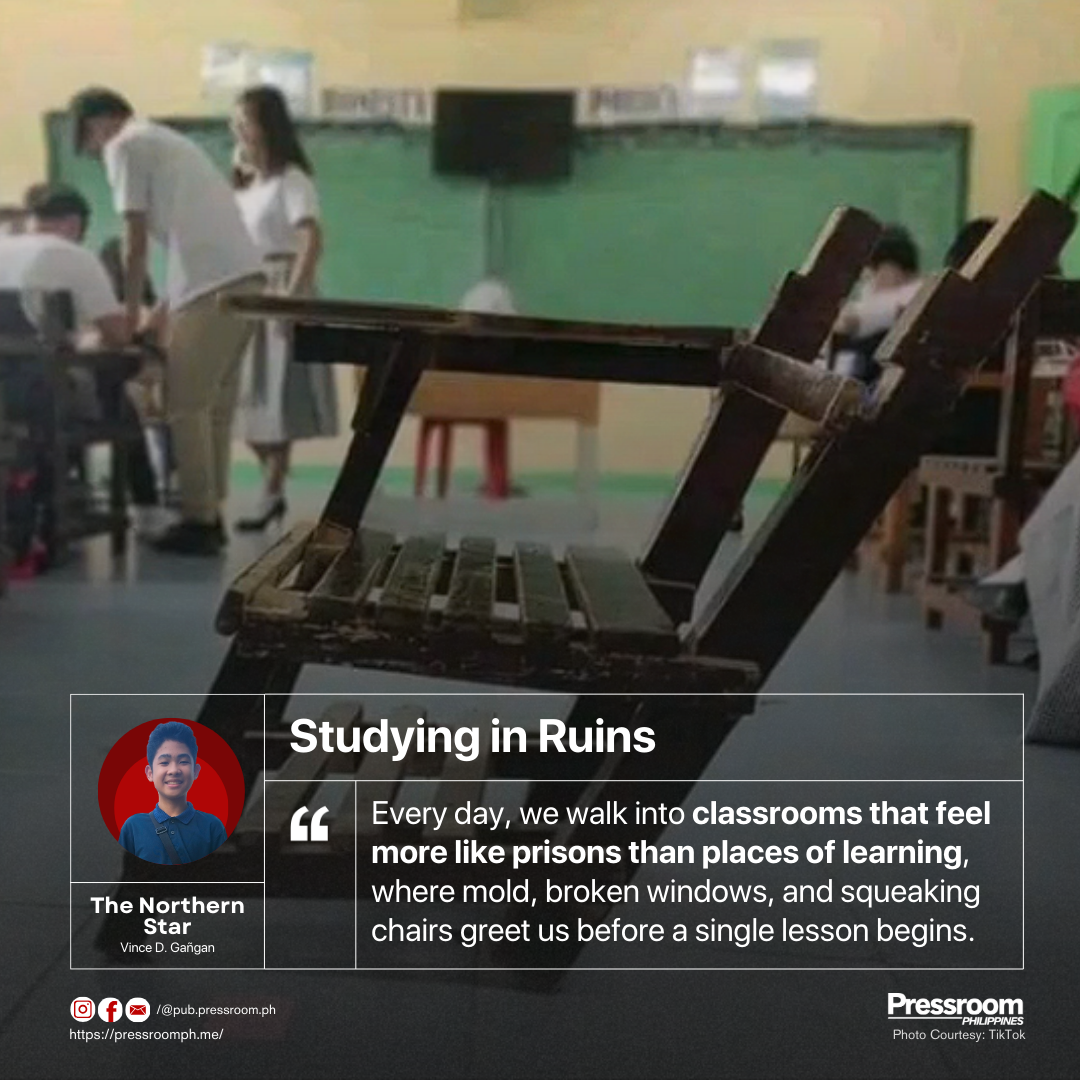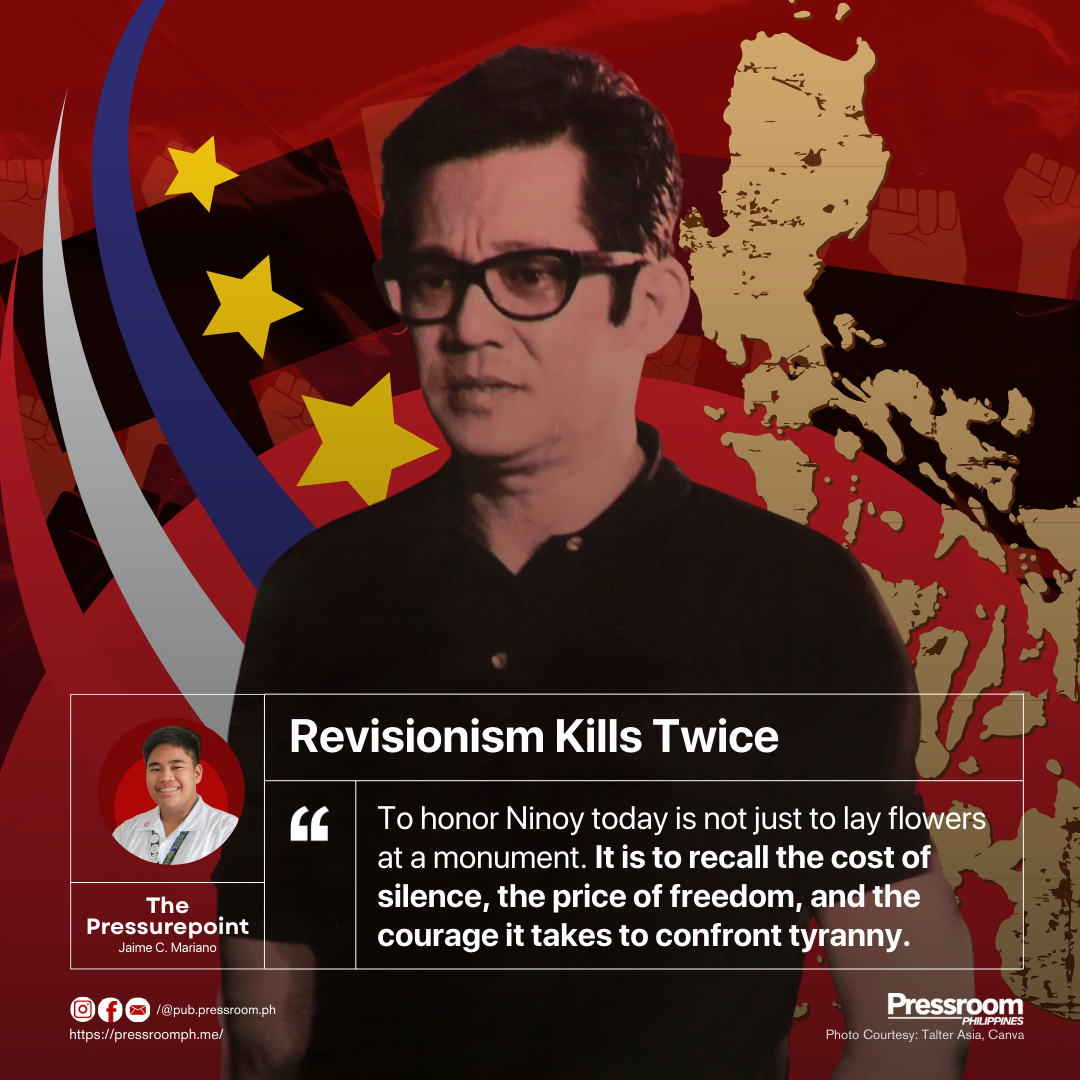Editorial cartoons once captured genuine emotions, clever wit, and profound insights. Now, AI tools are encroaching—swift, inexpensive, yet devoid of sentiment.
Each cartoon conveys a narrative beyond mere words. AI promises efficiency and cost-effectiveness, but at what sacrifice to the depth of meaning?
Artificial Intelligence (AI) has permeated numerous facets of life, including journalism. Recently, editorial cartoons, a journalistic medium blending humor, artistry, and social critique, have begun to be produced using AI. Programs like DALL·E 2 and Midjourney can generate images rapidly, saving time and resources. While this may initially appear progressive, the ramifications for traditional cartooning, the sentiments of professional artists, and the integrity of journalism are considerably more complex.
For instance, Axios experimented with DALL·E 2 to emulate their distinctive cartoon style. Although the results were immediate, the experiment ignited debates among their 23 visual journalists. Many expressed concern that AI-generated art simply cannot replicate the originality, humor, and profound significance of human-created illustrations. Similarly, a French cartoonist tested Adobe Firefly but ultimately chose to create the final piece by hand because AI failed to adequately capture the humor and political commentary essential to a compelling cartoon.
AI’s involvement in cartooning has distressed numerous professional artists. The Association of American Editorial Cartoonists (AAEC) prohibited AI-generated art from their awards and membership, asserting that it deprives opportunities from genuine cartoonists who have dedicated years to honing their craft.
In certain instances, the issue transcends mere competition. Nicaraguan cartoonist Pedro X. Molina discovered that AI programs had replicated his drawing style without authorization, a grave concern for artists who depend on their unique style for their livelihood. Another cartoonist lamented how AI rendered his 20 years of diligently acquired skill seemingly “obsolete” within months.
These accounts underscore why many artists perceive AI not as a beneficial tool, but as a menace. It’s not solely about diminished income — it’s about the erosion of respect for the art form.
Editorial cartoons are more than just illustrations filling space on a page. They are integral to journalism’s mission: to inform, challenge, and provoke thought. A skillfully crafted cartoon can convey incisive criticism or humor in a manner that words alone cannot. The peril with AI lies in its deficiency of human experience, empathy, and comprehension. It can generate an image resembling a cartoon, but it lacks the awareness of why the joke resonates or why the message holds significance.
Some award-winning cartoonists have experimented with AI, but they solely employ it for brainstorming or generating preliminary sketches. They invariably create the final work themselves to ensure the cartoon embodies genuine voice and perspective. This demonstrates that AI can serve as a tool — but not a substitute — if the objective is to preserve the meaningful and personal essence of cartoons.
The speed and affordability of AI-generated cartoons render them alluring for publishers, particularly those with constrained budgets. However, this engenders another predicament: substituting seasoned artists with AI merely to economize diminishes human creativity. Accomplished cartoonists may face job displacement, along with the irretrievable loss of decades of expertise and style that cannot be programmed into a machine.
Some publishers have responded by incorporating “no AI” clauses into contracts to safeguard both artists and the caliber of their work. This could serve as a means to ensure that journalism retains a human voice in its cartoons.
If AI continues to proliferate in journalism cartoons, the art form risks losing its essence. Cartoons may still appear amusing or vibrant, but absent the heart and intellect of a human creator, they will lack the same potency. Journalism hinges on truth, credibility, and perspective — attributes that AI cannot genuinely furnish.
It’s evident that AI is here to stay, but it should remain in the capacity of an assistant, not the artist. The intrinsic value of a cartoon emanates from the individual behind it, their concepts, and their fortitude to articulate through art. Without that, journalism jeopardizes becoming less about conveying truth and more about churning out rapid, hollow images.

![Pixilated Perspective: Inked by [AI]magination](https://cdn.pressroomph.me/images/articles/b36cae84-e4b2-4583-ade7-2b197a412c1d.png)



